Highlights
-
NICT is the first in the world to generate national standard time by reference to an optical lattice clock.
-
By adding an optical lattice clock to the time system, time is kept within five billionth of a second relative to Coordinated Universal Time (UTC).
-
The Japan Standard Time system includes the optical lattice clock NICT-Sr1 since August 2021.
-
Such next generation, optical clocks will replace cesium clocks in the future.
-
Generating standard time based on optical clocks is one of the targets set for a redefinition of the second.
The National Institute of Information and Communications Technology (NICT, president: TOKUDA Hideyuki, Ph.D.) is the first in the world to generate standard time referenced to an optical clock. By adjusting the time interval (the effective duration of the second) to match that generated by an intermittently operated optical lattice clock, the difference between the time generated at NICT and Coordinated Universal Time (UTC) is reduced to less than five billionth of a second. This is less than a quarter of the previous difference, which could reach up to 20 billionth of a second.
Combining the optical lattice clock with the sophisticated time generation technology already applied to generate standard time based on synthesis of multiple conventional clocks, accurate time can be kept autonomously over long periods even without access to UTC, GPS time, or other national time systems.
This achievement will shape the discussion on a redefinition of the second in the International System of Units, envisioned for the year 2030.
Background
As more and more fields like fifth generation mobile communication systems (5G), satellite positioning, or ultra-high-speed trading require timing accuracy in the nanosecond range, keeping accurate time relative to UTC continues to grow in importance.
UTC is provided by the International Bureau of Weights and Measures (BIPM) and the official national standard time of every country in the world is derived from this by a simple time zone adjustment (+9 hours for Japan). However, UTC is only available as numerical data, created by collecting data from atomic clocks around the world and combining it with appropriate weights. This process delays the result by more than half a month, making it impossible to simply distribute UTC to society directly. Instead, each institution that provides standard time, operates its own atomic clocks to generate a time that is as close to UTC as possible. NICT provides Japan Standard Time (JST), generated with cesium and hydrogen maser atomic clocks based on atomic transitions in the microwave region of electromagnetic waves. This time is then made available to society in various ways, including standard radio signals and NTP.
NICT has also developed a strontium optical lattice clock, which instead uses transitions in the optical region, where the much higher frequencies help provide higher precision and achieve greater overall accuracy. In recent years, optical lattice clocks have already taken on an important role in calibrating the duration of the one-second interval of UTC, contributing greatly to maintaining international time. But until now, no institute had integrated one of these sometimes temperamental laboratory devices (see Figure 1) into the generation of national standard time.
Achievements
NICT now demonstrates successful generation of more accurate time by using an optical clock in a world-wide first. The results show that by using the optical lattice clock to adjust the time interval of Japan Standard Time has reduced the typical time difference between Japan Standard Time and UTC to less than one fourth of the previous value and minimized the need for corrections to maintain this agreement.
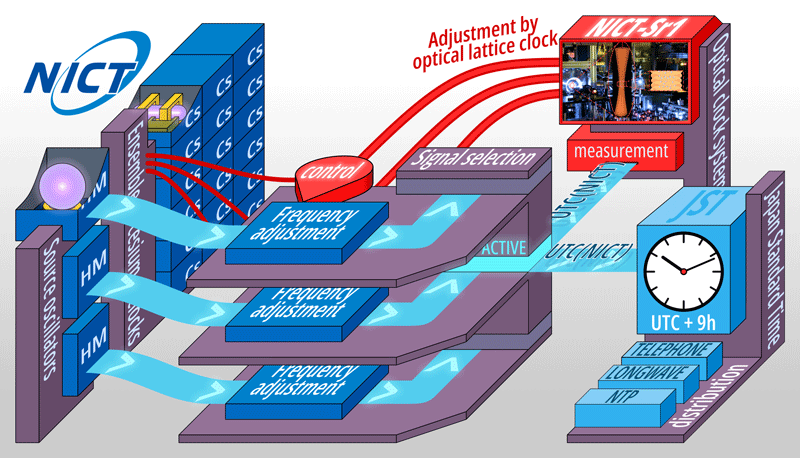
Figure 2. NICT’s system for the generation of Japan Standard Time now includes adjustment by the optical lattice clock NICT-Sr in addition to the ensemble of commercial cesium clocks. For redundancy, three time signals are generated, based on separate hydrogen maser source oscillators. One of them is selected as UTC(NICT) and Japan Standard Time is generated by adding 9 hours of time zone adjustment. The result is distributed by various means, including NTP, longwave radio signals and a telephone service.
[Click picture to enlarge]
Since 2006, Japan Standard Time (JST) has been generated by a combination of hydrogen maser clocks and an ensemble of usually 18 commercial cesium atomic clocks, all operating in the microwave region. Even averaged over this large number, the oscillation frequency of these clocks still fluctuates in the 15th digit, which is enough to create a time difference of more than 10 nanoseconds over a period of several months and require a manual adjustment of Japan Standard Time to bring it back into agreement with UTC when the required data finally becomes available from BIPM several weeks later.
The optical lattice clock developed by NICT produces light stabilized to an optical transition of the strontium atom. Over the past ten years, institutes around the world, including NICT itself, have measured the intrinsic frequency of this transition to be 429 228 004 229 872.99 Hz with a relative uncertainty of 1.9 × 10−16. An optical frequency comb makes it possible to transfer this extremely small frequency uncertainty to an electronic signal without degradation. Deviations in the time interval of Japan Standard Time can then be measured with 16-digit accuracy by using this signal as a reference.
NICT has evaluated the interval of Japan Standard Time in this way since June 2021 (see Figure 2), with only three weekly intervals where the optical lattice clock did not provide measurements. Its use follows a scheme of deliberate intermittent operation that does not require the clock to run continuously, a scheme that has been studied and optimized at NICT since 2015. Frequency adjustment of the generated standard time began in August 2021 and has been continuously performed once or twice per week to reduce the variation of Japan Standard Time relative to UTC (see Figure 3).
Optical clocks have made remarkable progress in recent years and by 2030, the definition of the second is almost certain to be changed to use an atomic transition in the optical region instead of the current microwave transition of the cesium atom. An international committee of experts in time and frequency standards is already discussing the details of such a redefinition of the second. One of the goals to be met is keeping accurate standard time with optical clocks, and NICT’s achievement is the first practical demonstration of this.
Future Prospects
NICT is working to develop and promote new ways to utilize the highly accurate time and frequency available through Japan Standard Time for next-generation communications technologies (Beyond 5G / 6G) and for geodetic technologies based on Einstein’s theory of relativity.
Currently, the signals of the GPS satellites are not only used for navigation, but also as a crucial timing source for systems like the base stations of wireless communication networks. The excessive reliance on GPS has been drawing worldwide attention, and the President of the United States has even issued an executive order to investigate measures that reduce the dependence on the system. As most of the worldwide time links to UTC also rely on GPS, NICT’s achievements in realizing an autonomous, accurate national standard time based on local atomic clocks provide resilience and economic security by reducing the dependence on GPS, UTC, and the time signals generated by other countries.
NICT is already engaged in further improvements to resilience in the face of natural disasters by decentralized time generation. In addition to the atomic clocks at NICT’s headquarters in Koganei, Tokyo, clocks at its Kobe substation will soon also contribute to a Japan Standard Time that is both robust and accurate.
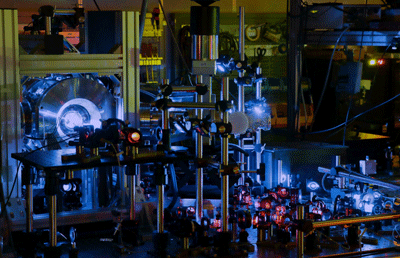
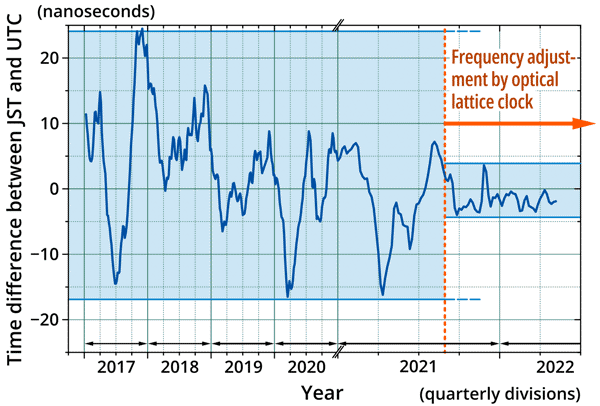
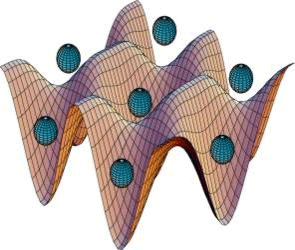
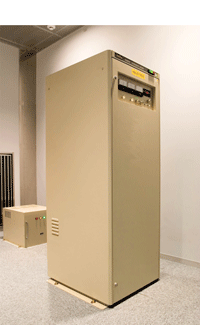
 ml.nict.go.jp
ml.nict.go.jp